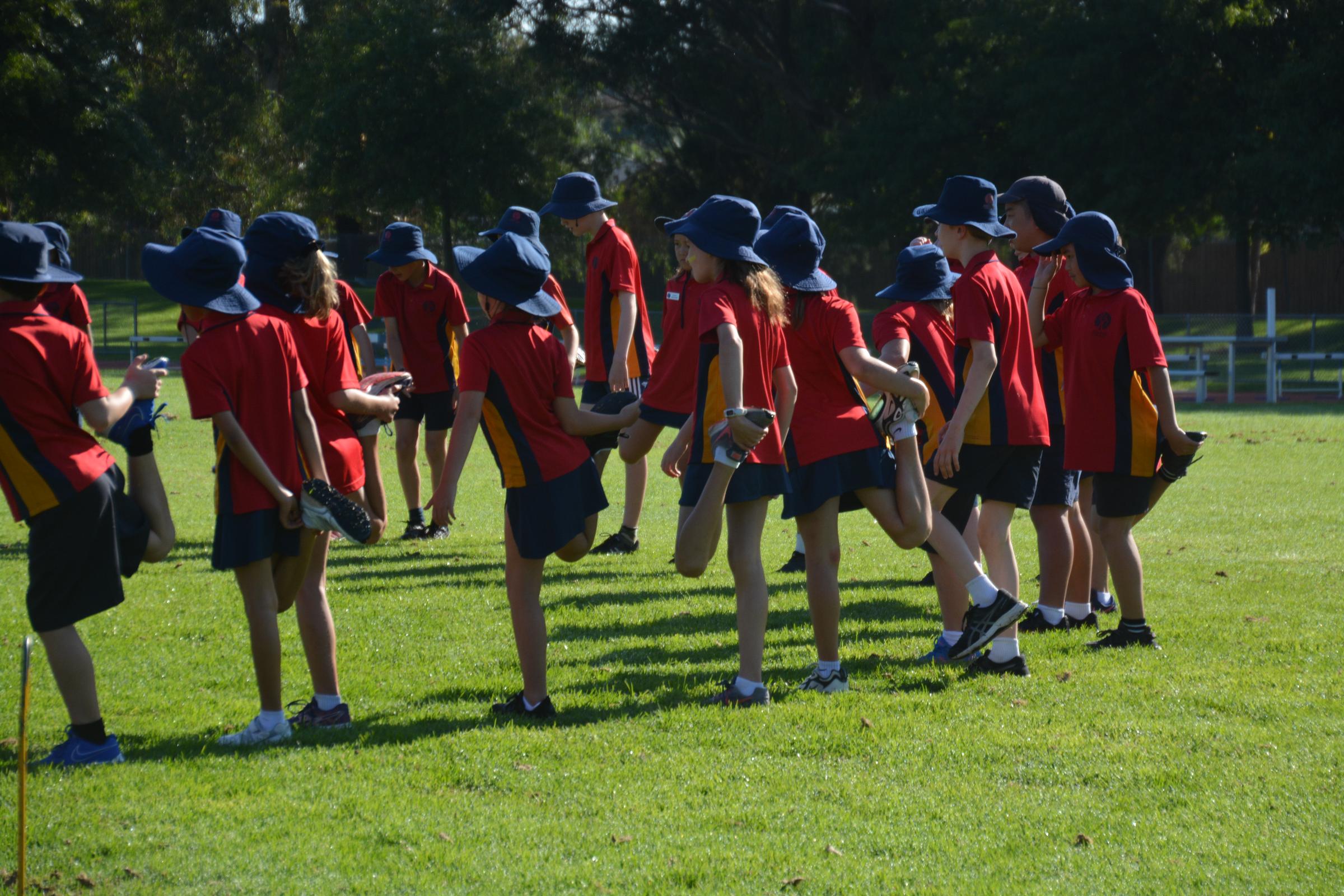Health & PE Update

Why do we need to exercise?
https://www.youtube.com/watch?v=zABU5blkeps
For kids, exercise means playing and being physically active. Kids exercise when they have gym class at school, during recess, at dance class or soccer practice, while riding bikes, or when playing tag.
The benefits of physical activity for children
Some of the benefits of physical activity for children include:
- improved cardiovascular fitness (heart and lungs)
- maintenance of a healthy weight
- improved posture
- better sleep patterns
- increased self-esteem and confidence
- improved concentration
- help with relaxation
- building stronger bones and muscles
- improved balance
- skills development
- increased flexibility
- opportunities to make friends and enhance social skills.
https://www.betterhealth.vic.gov.au/health/healthyliving/children-keeping-them-active
The 3 Elements of Fitness
If you've ever watched kids on a playground, you've seen the 3 elements of fitness in action when they:
- run away from the kid who's "it" (endurance)
- cross the monkey bars (strength)
- bend down to tie their shoes (flexibility)
Endurance develops when kids regularly get aerobic activity. During aerobic exercise, large muscles are moving, the heart beats faster, and a person breathes harder. Aerobic activity strengthens the heart and improves the body's ability to deliver oxygen to all its cells. This includes things like basketball, cycling, skating, jogging, swimming, soccer, AFL, walking, tennis etc…
Improving strength doesn't have to mean lifting weights. Instead, kids can do push-ups, stomach crunches, pull-ups, and other exercises to help tone and strengthen muscles. They also improve their strength when they climb, do a handstand, or wrestle. Muscle strengthening and aerobic exercises like running, jumping, and hopping, also help build strong bones.
Stretching exercises help improve flexibility, allowing muscles and joints to bend and move easily through their full range of motion. Kids get chances every day to stretch when they reach for a toy, practice a split, or do a cartwheel. Dance, yoga, and martial arts, like karate, are examples of flexibility activities. https://kidshealth.org/en/parents/exercise.html
Being active
The following are government recommendations regarding the amount of different forms of exercise for children.
- Moderate to vigorous physical activity
It is recommended that children and young people do at least 60 minutes each day of moderate to vigorous physical activity that makes the heart beat faster. More is better. It doesn’t have to be a full 60 minutes at once – several shorter sessions through the day work too.
At least 3 days per week, children and young people should incorporate vigorous activities and activities that strengthen muscle and bone in the 60 minutes.
- Muscle-strengthening activity
As part of the 60 minutes of daily activity, it is recommend children and young people include muscle and bone strengthening activities 3 days per week, like: running, climbing, swinging on monkey bars, push-ups, sit-ups, lifting weights, yoga etc.
- Light physical activity
Children and young people should also do several hours of various light physical activities each day. These can include: walking to school, walking the dog, going to the park with friends, helping around the house, playing 4 square, Climbing trees or equipment etc
To assist with active kids at school, students are encouraged to participate in the 30 day fitness challenge. Each day there is a different exercise for students to do. We will be doing them in PE but students are welcome to participate at home, in class or with their friends as well. Posters can be found around the school with each of the daily challenges.
https://drive.google.com/file/d/1ilUyCa2P1eP1bbqcl17_B6vfjORbOSCD/view?usp=drive_link
Darren Jenkins
Health and PE Coordinator
